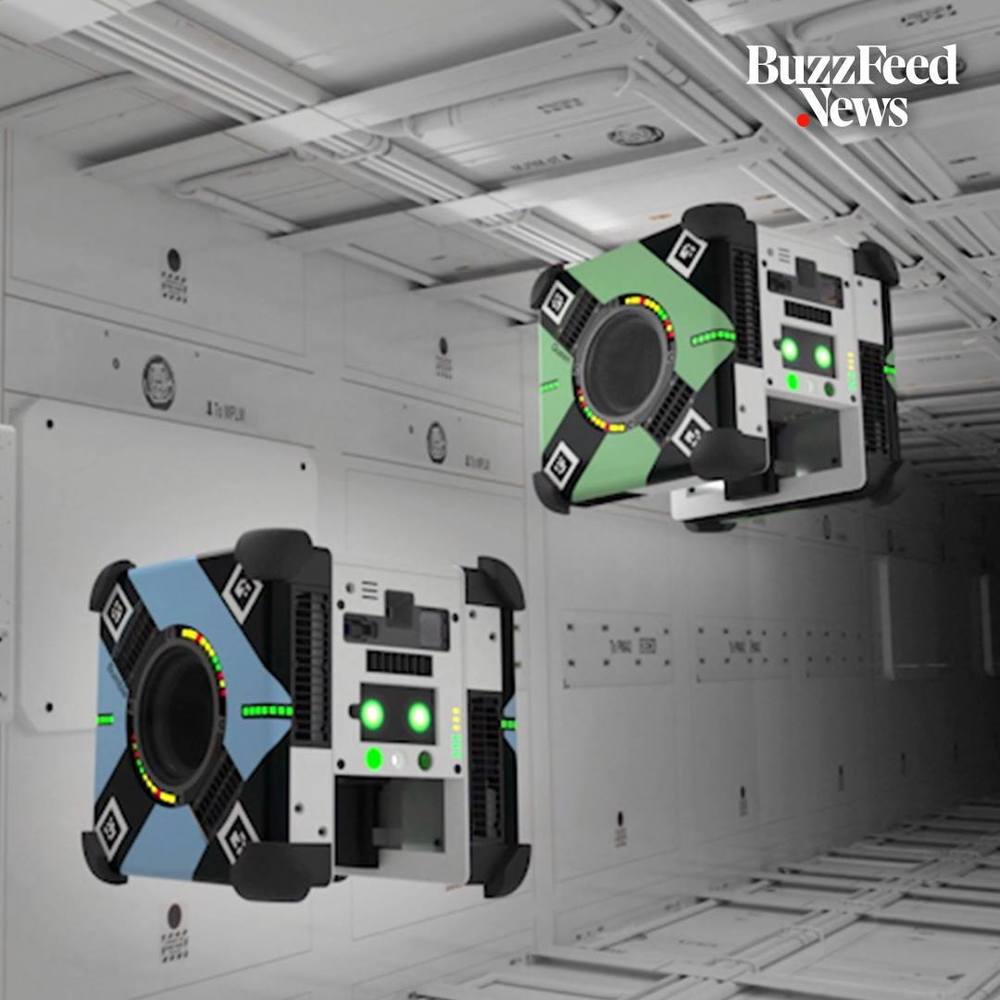MG is bringing what should be a very affordable, practical electric crossover to the market in the new EZS. The company’s first EV will rock a 45.5-kWh battery powering a 110-kW (147-hp) electric powertrain and giving it a range “up to 428 km” (266 mi).
Blue supergiants are the rock-and-roll stars of the universe. They are massive stars that live fast and die young which makes them rare and difficult to study, even with modern telescopes.
Before space telescopes, few blue supergiants had been observed, so our knowledge of these stars was limited.
Leading astrophysicist Dr. Tamara Rogers, from Newcastle University, UK, and her team have been working for the past five years to create simulations of stars like these to try to predict what it is that makes the surface appear the way it does.
To kill bacteria in the blood, our immune system relies on nanomachines that can open deadly holes in their targets. UCL scientists have now filmed these nanomachines in action, discovering a key bottleneck in the process which helps to protect our own cells.
The research, published in Nature Communications, provides us with a better understanding of how the immune system kills bacteria and why our own cells remain intact. This may guide the development of new therapies that harness the immune system against bacterial infections, and strategies that repurpose the immune system to act against other rogue cells in the body.
In earlier research, the scientists imaged the hallmarks of attack in live bacteria, showing that the immune system response results in ‘bullet holes’ spread across the cell envelopes of bacteria. The holes are incredibly small with a diameter of just 10 nanometres.









